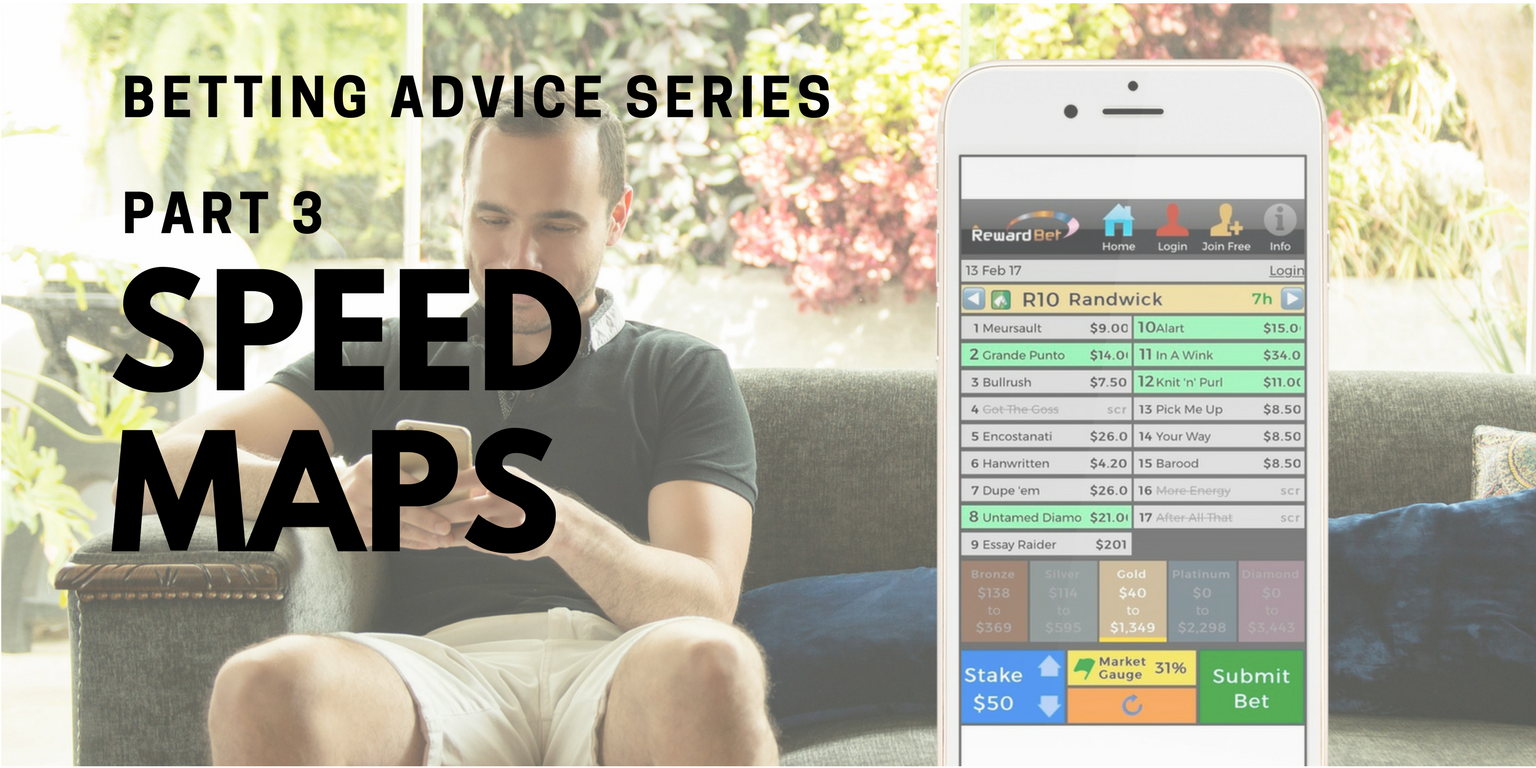This article originally appeared in a series called "Punting Pointers" at this link. We want to share it with our customers as it is very important advice to help you bet better.
This is part three of an eight-part series aimed at educating punters to help take their wagering to the next level. Brad Gray sought the insights of five of the most respected industry figures when it comes to punting, form analysis and bookmaking.




